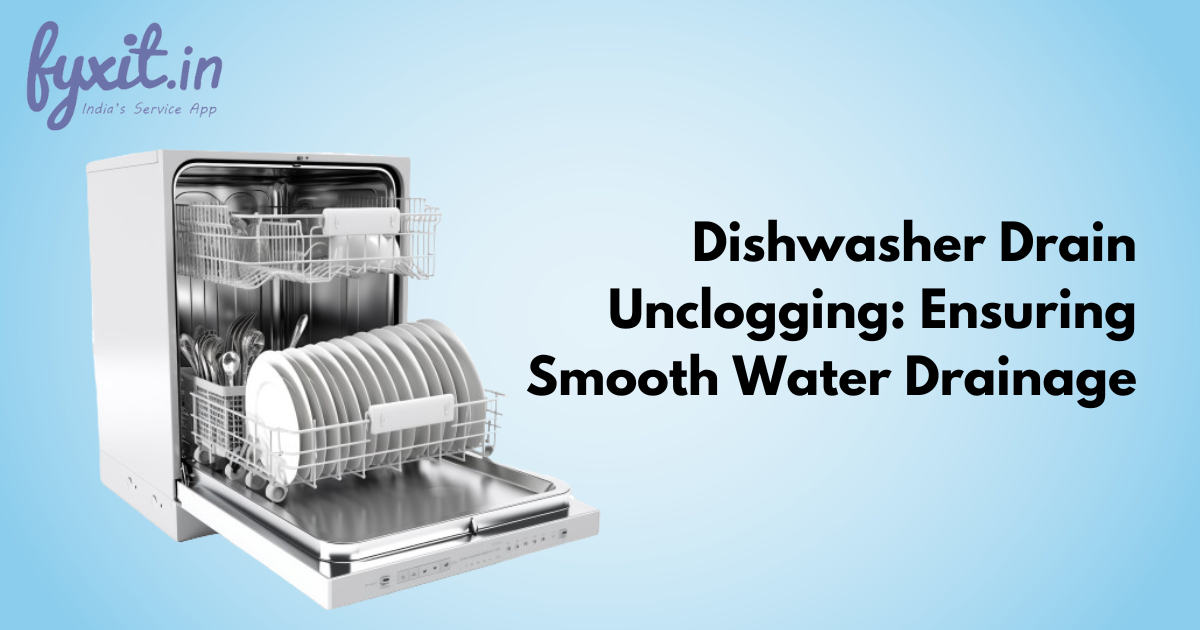In the pursuit of clean and safe drinking water, Reverse Osmosis (RO) water purifiers have emerged as a popular choice, offering a multi-stage filtration process to rid water of contaminants. This advanced technology, while celebrated for its effectiveness in purifying water, comes with its set of advantages, disadvantages, and specific maintenance requirements. Understanding the nuanced aspects of RO water purifier is crucial for individuals seeking an informed choice for their hydration needs.
An RO water purifier, or Reverse Osmosis water purifier, is a water filtration system that uses a specific membrane technology called reverse osmosis to remove impurities and contaminants from water. Households, commercial establishments, and industrial settings commonly use this type of water purifier to enhance the quality of drinking water.
Table of Contents
How does an RO water purifier work?
A Reverse Osmosis (RO) water purifier works through a sophisticated filtration process that removes impurities and contaminants from water, ensuring a high level of purity. The key components of an RO system include a pre-filter, a semipermeable membrane, a post-filter, and sometimes additional stages for further purification. Here’s a step-by-step explanation of how an RO water purifier works:
Pre-Filtration:
Water from the source (such as tap water) first passes through one or more pre-filters. These filters are designed to remove larger particles, sediment, and some impurities, preventing them from reaching the RO membrane.
Initial Filtration:
The pre-filtered water then enters the RO membrane, which is the core component of the system. The RO membrane is a semipermeable membrane with extremely tiny pores. These pores allow the passage of water molecules while blocking larger contaminants.
Reverse Osmosis Process:
The process of reverse osmosis occurs as water is pressurized and forced through the semipermeable membrane. The pressure applied helps overcome the natural osmotic pressure, allowing only water molecules to pass through while rejecting contaminants.
Contaminant Rejection:
The RO membrane effectively rejects a wide range of contaminants, including dissolved salts, minerals, bacteria, viruses, and other impurities. This rejection process is crucial for achieving a high level of purity in the purified water.
Product and Reject Water:
As the water passes through the RO membrane, it is separated into two streams: product water (clean, purified water) and reject water (wastewater containing concentrated contaminants). Typically, the system discharges the rejected water, while collecting the product water for use.
Post-Filtration:
The product water may pass through additional post-filters, such as activated carbon filters. These filters help further improve the taste and odor of the water by removing any remaining impurities or residual odors from the RO process.
Storage and Dispensing:
Purified water is then stored in a dedicated tank, which is often installed under the sink or in a convenient location. A separate faucet is used to dispense the purified water for consumption.
Continuous Operation:
RO systems are designed to operate continuously, ensuring a consistent supply of purified water. The system may have automatic shut-off mechanisms to conserve water when the storage tank is full.
The combination of pre-filtration, reverse osmosis, and post-filtration stages in an RO water purifier provides an effective means of removing a wide range of contaminants, producing high-quality drinking water.
What are the advantages of an RO water purifier?
Reverse Osmosis (RO) water purifiers offer several advantages in terms of water purification. Here are some key benefits:
Effective Contaminant Removal:
RO systems are highly effective at removing a wide range of contaminants from water, including bacteria, viruses, dissolved salts, heavy metals, and various impurities. The semi-permeable membrane in the RO system can block particles that are larger than water molecules.
Improved Taste and Odor:
The removal of impurities, such as chlorine, minerals, and organic compounds, often leads to an improvement in the taste and odor of the water. Many people find that RO water has a cleaner and fresher taste.
Removal of Dissolved Solids:
RO systems are particularly efficient at removing dissolved solids from water. This includes minerals like calcium, magnesium, and other salts, which contribute to water hardness. The result is softer and purer water.
Compact Design:
Typically, users can install RO water purifiers conveniently under the sink or in a location of their choice due to their compact design. They are suitable for both residential and commercial use.
Customizable Filtration:
Many RO systems have multiple filtration stages, including pre-filters and post-filters, allowing for customizable purification based on specific water quality concerns. Additional filters can target particular contaminants or improve taste further.
Convenient and On-Demand Purification:
RO systems often include a storage tank that allows users to access purified water on-demand. This is convenient for daily use, and the storage tank ensures a readily available supply of clean water.
Low Energy Consumption:
Compared to some other water treatment methods, RO systems typically have relatively low energy consumption, making them energy-efficient for continuous operation.
Versatility:
RO systems are versatile and can be used to purify water from various sources, including tap water, well water, or other water supplies. They are adaptable to different water quality scenarios.
Reduction in Heavy Metals:
RO systems are effective at reducing the levels of heavy metals such as lead, arsenic, and mercury in water, contributing to a safer drinking water supply.
Reduced Microbial Contamination:
The fine pores of the RO membrane help block microorganisms, including bacteria and viruses, providing an additional layer of protection against microbial contamination.
What are the disadvantages of an RO water purifier?
While Reverse Osmosis (RO) water purifiers offer effective water purification, they also have some disadvantages and considerations:
Wastewater Generation:
RO systems generate reject water, which contains concentrated contaminants and impurities that were removed from the purified water. The ratio of purified water to reject water can vary, but the discharge of reject water raises concerns about water wastage.
Removal of Beneficial Minerals:
The RO process not only removes contaminants but also eliminates minerals beneficial for health, such as calcium and magnesium. Some argue that drinking demineralized water may not be suitable for long-term consumption.
Energy Consumption:
While RO systems generally have lower energy consumption compared to some other water treatment methods, they still require electricity to operate the pump that pushes water through the membrane. This is a consideration for areas with frequent power outages or where energy efficiency is a priority.
Regular Maintenance:
RO systems require regular maintenance, including the replacement of filters and membranes. Neglecting maintenance can lead to a decline in performance and compromised water quality.
Slow Filtration Rate:
The RO process can be relatively slow compared to other water purification methods. The rate of water production depends on factors such as the system’s design, membrane efficiency, and water pressure.
Limited to Dissolved Contaminants:
RO is effective at removing dissolved contaminants, but it may not be as efficient in removing certain larger particles, bacteria, or viruses. Pre-filtration may be required to address these concerns.
Initial Cost and Installation:
pH Adjustment:
The RO process can make water slightly acidic. Some RO systems include a pH adjustment stage to neutralize the acidity and enhance the water’s taste.
Limited Carbon Footprint Reduction:
While RO systems may reduce the need for bottled water, the environmental impact includes the energy used in the production and disposal of filters and membranes. Additionally, the reject water raises concerns about water wastage.
Not Suitable for All Water Types:
RO systems are most effective when dealing with specific water quality issues, such as high levels of dissolved solids. In situations where water quality is generally good, the extensive filtration process may not be necessary.
RO Water Purifier Brands in India
India has a thriving market for water purifiers, and several companies offer RO (Reverse Osmosis) water purifiers to cater to the diverse needs of consumers. Here are some prominent Indian companies that are known for selling RO water purifiers:
Conclusion
The exploration of Reverse Osmosis (RO) water purifiers reveals a technology that stands as a robust solution for achieving purified and safe drinking water. The advantages of RO systems, such as their effectiveness in removing diverse contaminants and enhancing taste, make them a popular choice in the realm of water purification. The compact design, customizable filtration options, and versatility further contribute to their appeal.
As consumers navigate the landscape of water purification options, a balanced assessment of the advantages and disadvantages of RO water purifiers becomes paramount. The informed choice lies in recognizing the specific needs, water quality concerns, and lifestyle considerations unique to each individual or household. Moreover, a proactive approach to maintenance, involving regular filter replacements, system checks, and periodic sanitization, becomes the key to unlocking the full potential of RO water purifiers.



